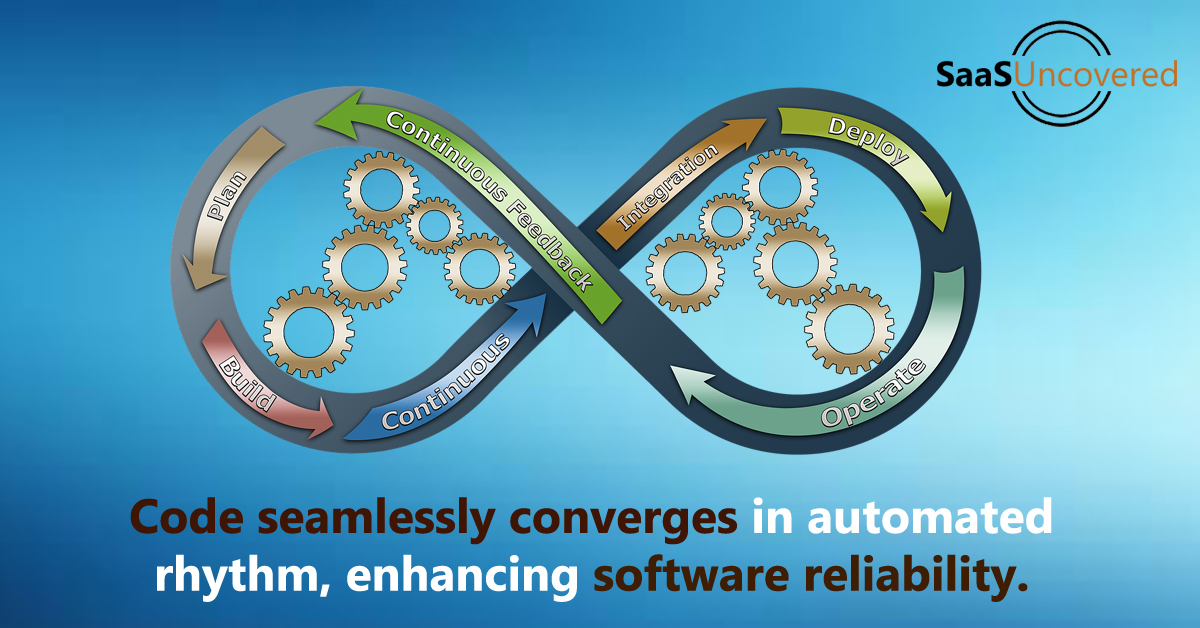Continuous Integration
Continuous integration (CI) is a DevOps software technique that is used by developers to routinely merge their code changes into a central repository, followed by the execution of automated builds and tests
Updated: November 25, 2023

Continuous integration (CI) is a DevOps software technique that is used by developers to routinely merge their code changes into a central repository, followed by the execution of automated builds and tests. Code modifications are automatically integrated into software in the process of continuous integration (CI).
Both an automation component and a cultural component are included in CI. The main objectives of continuous integration are to enhance software quality, find and fix bugs more quickly, and shorten the time it takes to validate and publish new software updates. Continuous integration tools are used by many organizations to build, package, and test their software continuously.
Typically, continuous integration is implemented using tools and technologies like version control systems. CI guarantees that code changes are thoroughly tested and integrated smoothly into the main codebase by automating the build and testing process. This improves the quality and speed of software development. Code changes, monitor repository, compiling code, integration into the codebase, fix bugs, deploy code and continuous monitoring are step-by-step overview of the CI process.
The effectiveness and caliber of software development processes can be enhanced with the use of CI. Early detection of bugs, faster time-to-market, improved collaboration, greater confidence in code integrity and easier maintenance are some of the advantages continuous integration provides to its users.